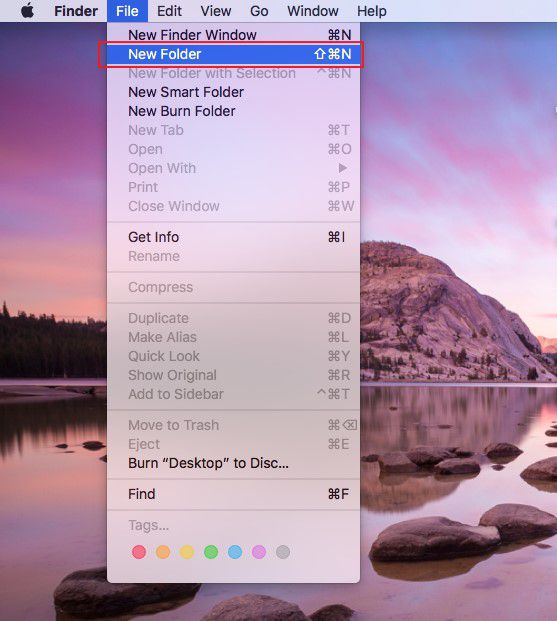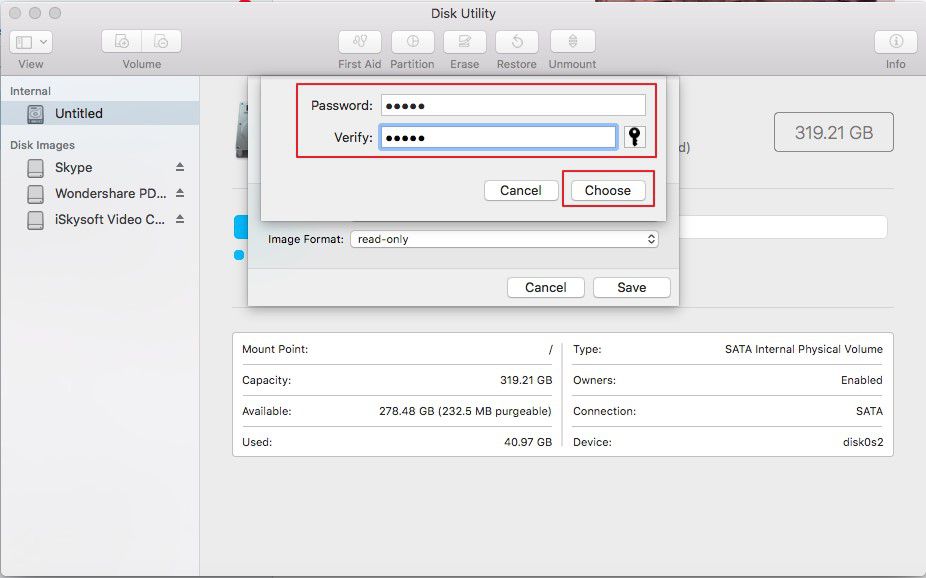
The list of people for whom you encrypt using certificates is called a recipient list. Only these people, whose certificates you use to encrypt, can decrypt the files.

The advantage of certificate-based encryption is that you can encrypt for just the people you want to see your files, provided those people have a digital certificate with a public and private key. If someone sends you data encrypted with your public key, the private key associated with that public key must be present for you to view that encrypted data. Your digital signature is authenticated by your private key. The private key, on the other hand, is never shared. Share your public key so that others can authenticate your digital signature. The public key can be distributed to anybody who may want to use it to encrypt data and share this data specifically for the certificate's owner. The public and private keys are a pair of numbers associated with a digital certificate that together function like a very long, highly random passphrase.

When a file is encrypted, you must have an appropriate credential (either a passphrase or digital certificate) to open it.

SecureZIP for Mac from PKWARE, Inc., lets you create ZIP archives and open them, even if they are encrypted or digitally signed. Getting started with SecureZIP for Mac OS


 0 kommentar(er)
0 kommentar(er)
